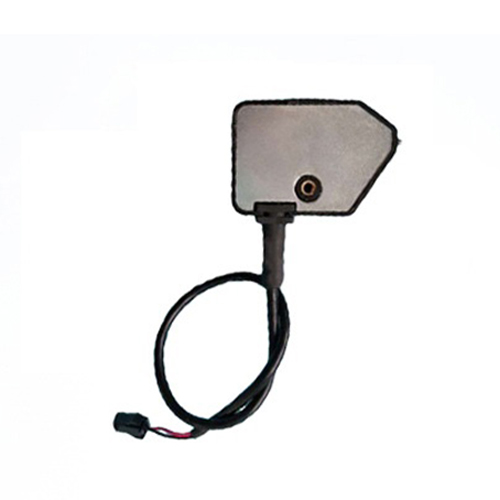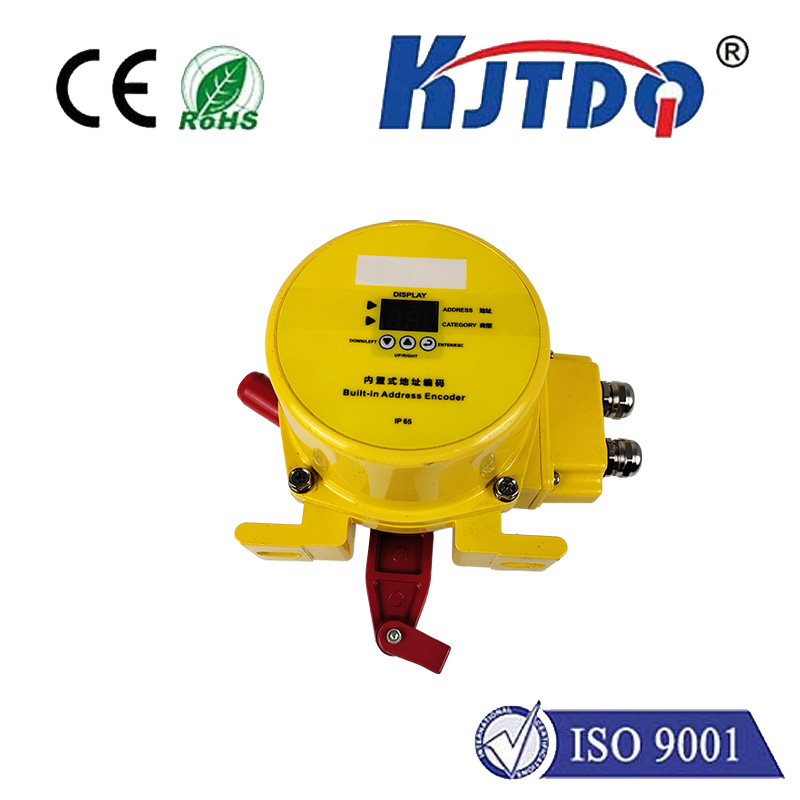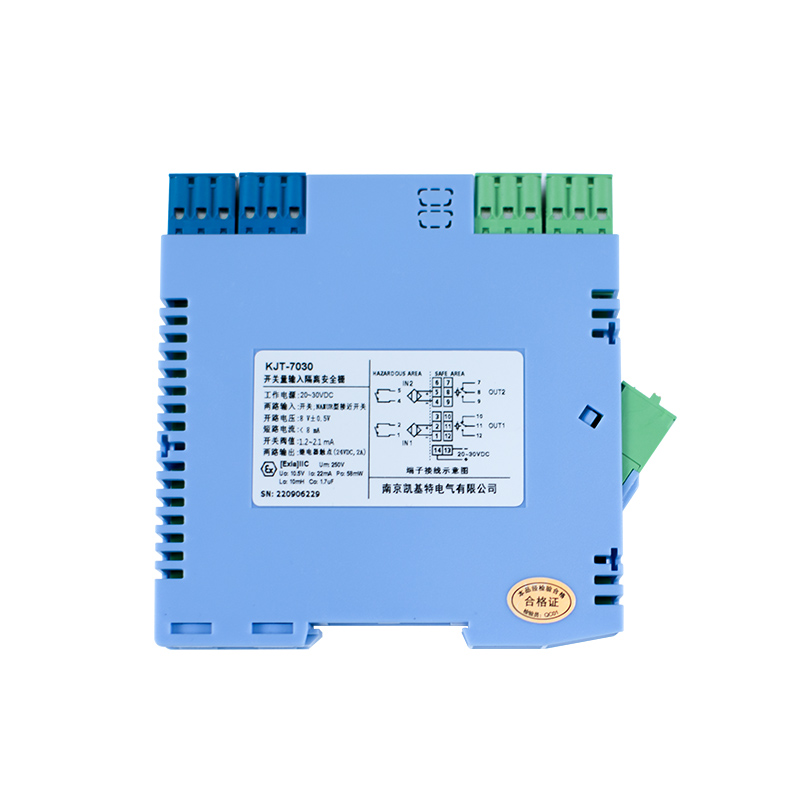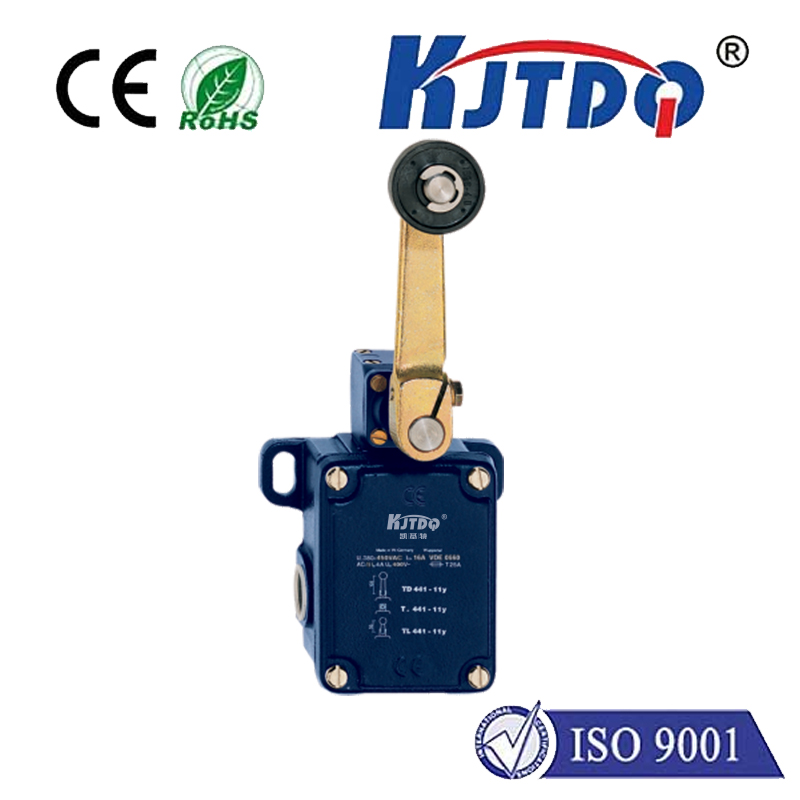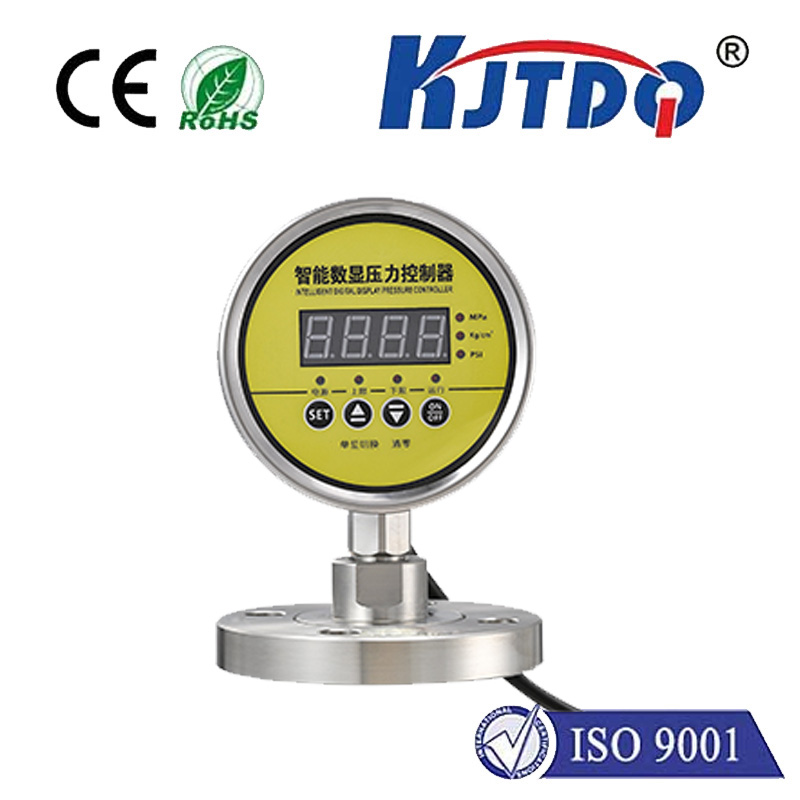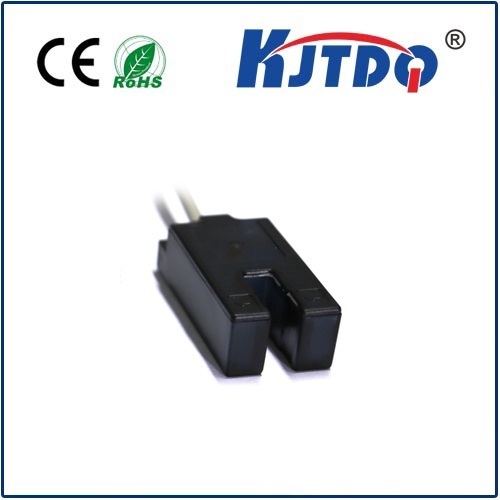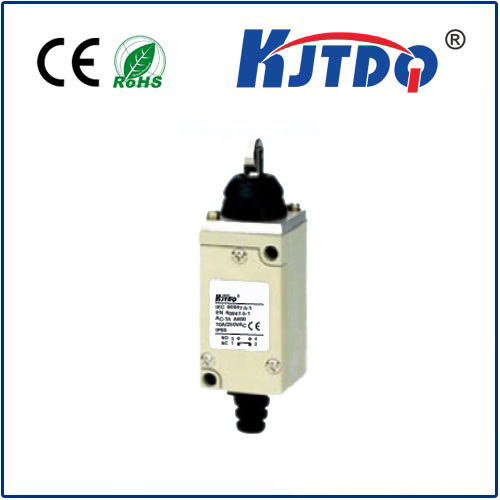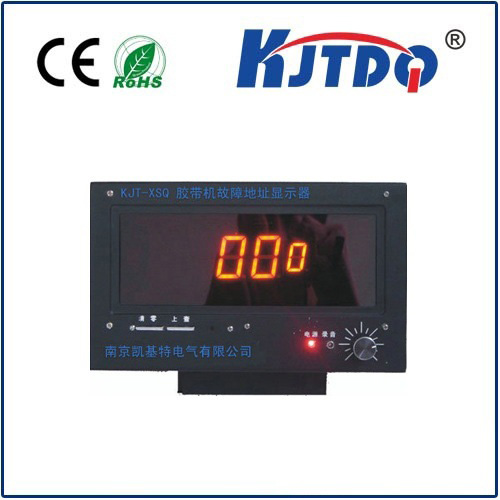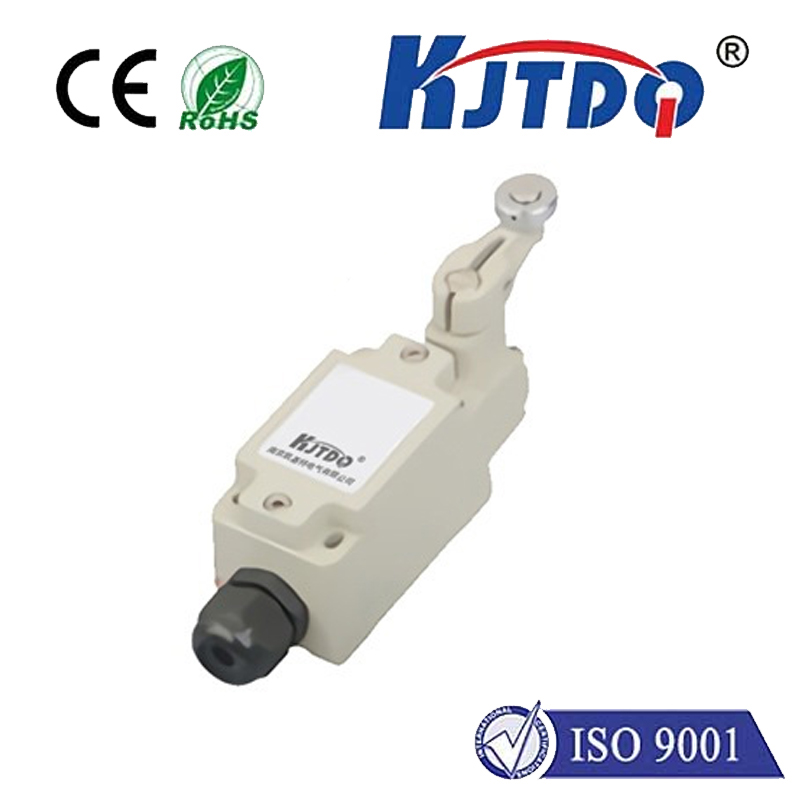optical color sensor
- time:2025-08-14 08:40:46
- Click:0
Optical Color Sensors: The Essential Guide to Precise Color Detection
We live in a world saturated with color. From the vibrant red of a stop sign to the subtle hues indicating fruit ripeness, color isn’t just aesthetic – it’s a powerful conveyor of information. While human perception is remarkable, modern manufacturing, automation, and quality control demand faster, more objective, and consistent color detection. This is precisely where the sophisticated technology of the optical color sensor shines, transforming the invisible language of light into actionable data.
Beyond Simple On/Off: Understanding the Core Concept
Unlike basic light sensors that simply detect the presence or intensity of light, an optical color sensor is a specialized photoelectric device designed to identify and distinguish specific colors. At its heart, it relies on the fundamental principle that objects reflect or transmit different wavelengths of light depending on their material properties and pigmentation. The sensor captures this reflected/transmitted light and analyzes its spectral composition to determine the target’s color.
How Does an Optical Color Sensor Work? The Science Simplified

The internal process involves several key stages:
- Light Emission: The sensor typically contains one or more integrated light sources. These are most commonly Light Emitting Diodes (LEDs), chosen for their specific wavelengths. RGB LEDs (Red, Green, Blue) are extremely common, emitting light in the three primary colors that form the basis of human color vision. Some advanced sensors may use white LEDs combined with sophisticated filters or even specific monochromatic LEDs for targeted applications.
- Interaction with Target: The emitted light strikes the object being sensed. The object’s surface absorbs certain wavelengths of light and reflects others back towards the sensor. The specific pattern of absorption and reflection defines its perceived color.
- Light Reception: A sensitive photodetector (like a photodiode or phototransistor) within the sensor captures the reflected light signal.
- Signal Processing & Color Analysis: This is where the magic happens. The raw light signals are processed by the sensor’s internal electronics. Common methods include:
- RGB Tri-Stimulus Method: This mimics human vision. The sensor measures the intensity of light reflected in the red, green, and blue spectral bands separately. The relative ratios of these three values are used to define a unique color “signature” or value. This method is efficient and widely used.
- Spectral Analysis (Higher End): More sophisticated sensors might employ multiple photodetectors with specific optical filters or even miniature spectrometers to capture a broader range of the spectrum. This allows for finer discrimination between very similar colors or the detection of properties beyond basic RGB.
- Output Decision: Based on the analyzed color data and pre-configured thresholds or reference values (learned during setup), the sensor makes a decision. This typically results in a discrete output signal (e.g., ON/OFF, Hi/Lo) indicating whether the detected color matches the target color within the acceptable tolerance. Some sensors provide analog outputs or even digital communication (like I2C or IO-Link) conveying detailed color information.
Where Precision Color Sensing Makes a Critical Difference
The ability to reliably detect specific colors automatically finds crucial applications across diverse sectors:
- Manufacturing & Packaging: Ensuring correct color detection of labels, caps, packaging materials, wires, or product components is vital for brand consistency and assembly accuracy. Sensors verify label presence/color correctness, sort products by color, and check assembly sequences (e.g., correct colored wire in the right terminal). Consistency is non-negotiable here.
- Automotive Industry: Verifying colors of interior trim, dashboard components, exterior paint batches, and warning lights. Detecting color codes on wires during harness assembly is essential for preventing costly errors.
- Food & Beverage Processing: Assessing the ripeness of fruits and vegetables (e.g., sorting tomatoes or potatoes by shade), checking the color of baked goods, distinguishing different types of candies or pills during packaging, and monitoring beverage fill levels or cap color verification. Color often directly correlates with quality.
- Printing & Textiles: Verifying print registration marks, monitoring ink color consistency during printing runs, and sorting fabrics or garments by color shade.
- Logistics & Material Handling: Sorting packages or items based on colored labels or tapes for routing within warehouses or distribution centers.
- Electronics: Verifying component colors (resistors, LEDs), detecting colored markers on PCBs, and checking display backlight colors.
- Pharmaceuticals: Ensuring correct cap or label colors on medication bottles and verifying colored seals.
Choosing the Right Optical Color Sensor: Key Considerations
Selecting the optimal optical color sensor requires careful evaluation of several factors:
- Detection Method: Diffuse Reflective (emitter and receiver in same housing, senses reflection from target) is most common. Retroreflective (requires reflector) and Thru-Beam (separate emitter/receiver units) are used for specific scenarios.
- Light Source & Chromaticity: RGB? White? Specific monochromatic LEDs? The choice depends on the required color detection precision and the specific colors you need to distinguish.
- Sensing Distance & Spot Size: How far away is the target? How small is the color feature you need to detect? The sensor’s optics and light intensity must be suitable.
- Output Type: Simple discrete (PNP/NPN) outputs suffice for match/no-match tasks. Analog outputs offer continuous color information. Digital interfaces (IO-Link) provide diagnostics, configuration flexibility, and detailed data.
- Environmental Factors: Consider ambient light conditions (look for sensors with strong ambient light immunity), temperature range, potential exposure to dust, moisture, or chemicals (requiring appropriate IP ratings).
- Programming & Teach-In: Ease of setting the target reference color is crucial. Most sensors feature a simple “teach” button to learn a sample color. Advanced models offer digital configuration.
- Repeatability & Stability: How consistently does the sensor recognize the same color under varying conditions? This is critical for reliable operation.
Advantages Over Human Inspection and Alternatives
- Objectivity & Consistency: Removes human subjectivity and fatigue. Delivers unwavering results 24⁄7.
- Speed & Efficiency: Operates at high speeds, far exceeding manual inspection capabilities, crucial for high-volume production lines.
- Precision: Capable of distinguishing subtle color differences imperceptible to the human eye with high-resolution sensors.
- Integration: Seamlessly integrates into automated systems, enabling real-time process control and feedback.
- Versatility: Can handle diverse surfaces, shapes, and challenging environments better than vision systems in some dedicated tasks, often at a lower cost for simple color discrimination.
The Future of Color Sensing: Smarter and More Integrated
The evolution of optical color sensor technology continues. We see trends towards:
- Enhanced Connectivity: Wider adoption of IO-Link for simplified integration, remote configuration, and data access in Industry 4.0 environments.
- Increased Intelligence: Sensors with onboard processing for more complex decision-making without requiring a central controller.
- Miniaturization: Smaller form factors enabling installation in tighter spaces.
- Improved Performance: Better algorithms for higher accuracy, increased tolerance to ambient light variations, and faster response times.
- Multi-Parameter Sensing: Combining color detection with other sensing capabilities like contrast, luminescence, or distance in a single device.













